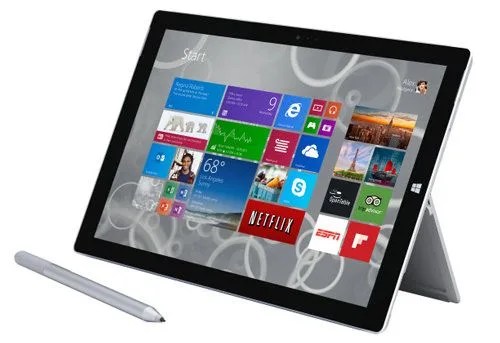The Surface experiment hasn’t been a bastion of success for Microsoft, with the Surface RT alone triggering a brutal $900 million loss in one of Steve Ballmer’s final quarters as CEO. But with the time and resources to try, try again, the company has finally nailed it with the Surface Pro 3. It’s not just the first Surface that’s worthy of room in your backpack — it’s the first tablet that honestly could replace your laptop. (Yes, that’s Microsoft’s line, but it’s true all the same.)

The concept of convergence across the consumer technology industry has long tempted manufacturers to merge the laptop and the tablet. For years, resulting products have been too sluggish to be great laptops and too clunky to be great tablets. They weren’t the best of both worlds — they were the worst of each, smashed together in inexplicable fashion. The Surface Pro 3, on the other hand, has an Intel Core processor within, but also measures just 9.1 millimeters thick (with keyboard attached) and possesses a battery capable of surviving nine hours of use. Microsoft’s attachable keyboards are standouts, too, both comfortable and reliable. There’s a huge audience out there with little use for a tablet outside of a few choice scenarios, so savings abound by buying just one device that serves as a slim, potent, flexible laptop most of the time, and a beautiful, long-lasting tablet every now and again.
On the flip side, Windows 8 (the onboard operating system) still feels awkward to use with just your fingers as input devices, and at the rate Microsoft’s pumping out new Surface devices, this one may be leapfrogged in a matter of months. That said, it’s an ideal candidate for Windows 10, and it’s the first Wintel two-in-one that’s adequately equipped to handle both of the jobs it was designed for. That’s a giant leap for tech-kind.
